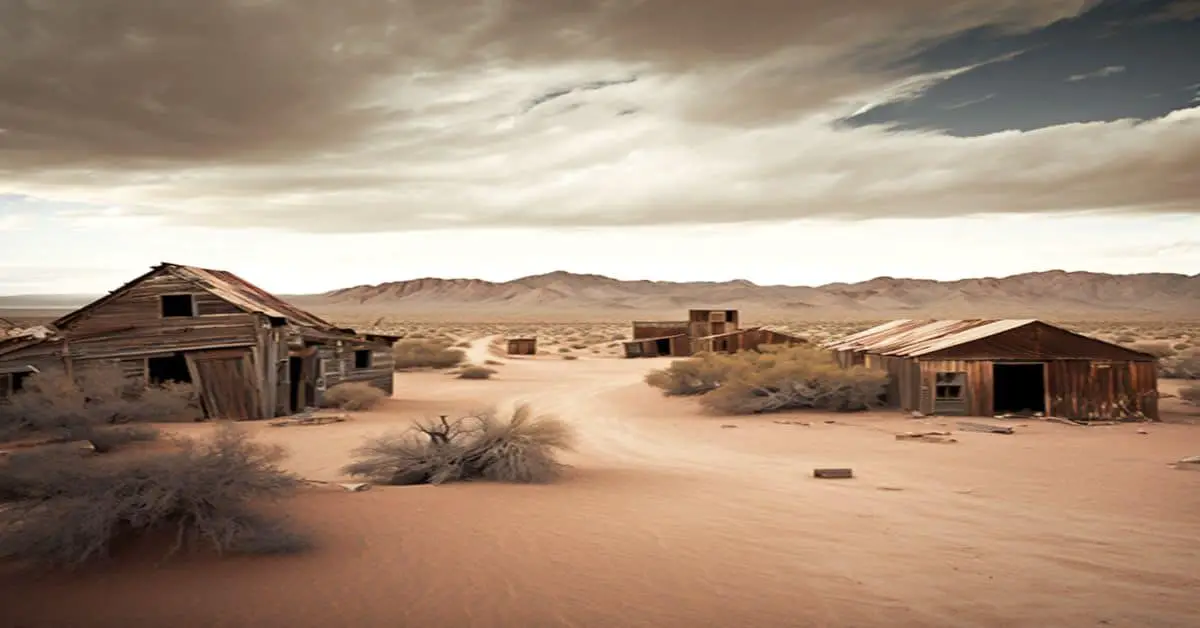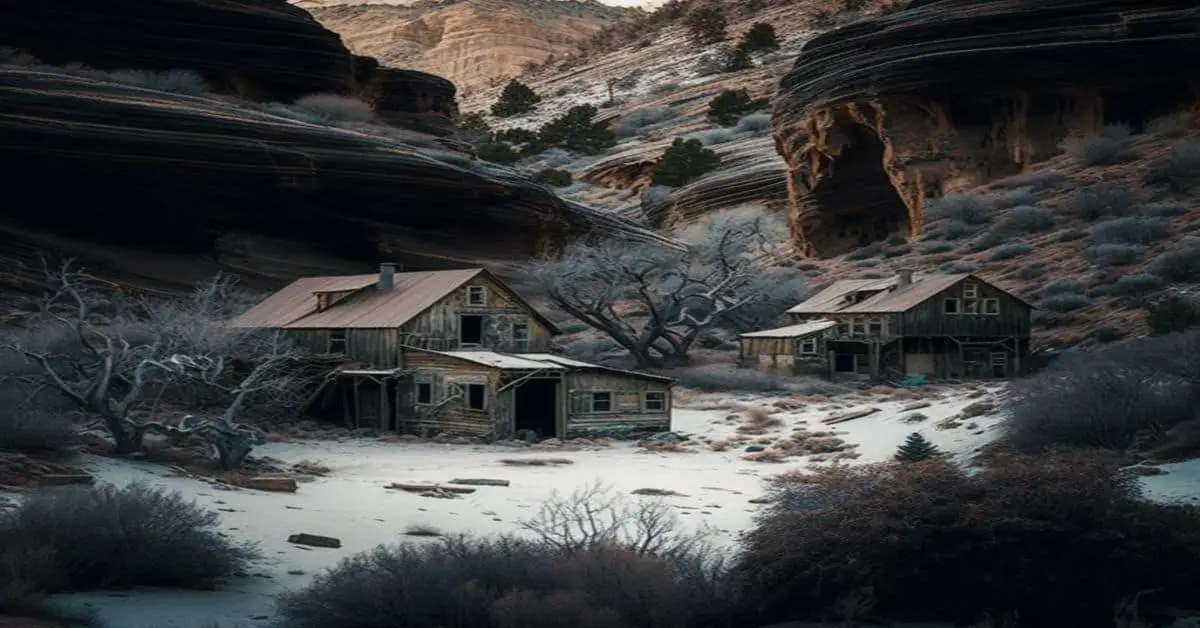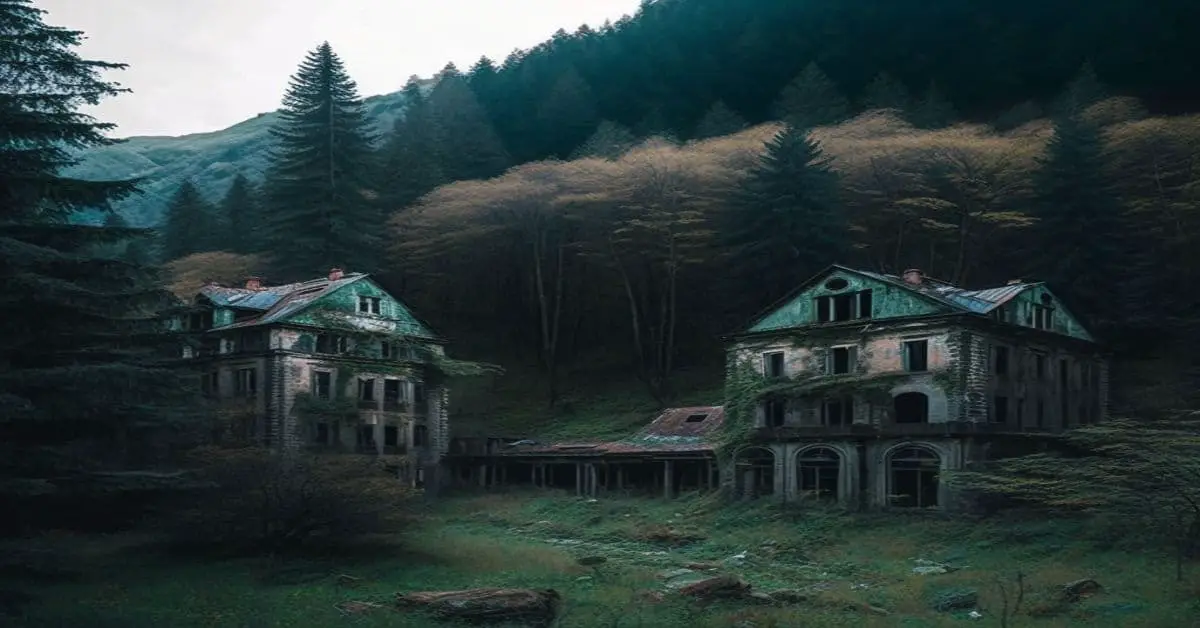Nestled in the Sierra Nevada foothills of California, Columbia is a living testament to the Wild West era of the mid-1800s. This semi-ghost town was originally discovered during the gold rush and quickly became known for its lawless ways and violent past. However, today, Columbia has been transformed into a State Historical Park, attracting visitors from all over the world who come to experience the charm and history of California’s golden era.
As visitors wander through the streets of Columbia, they are transported back in time, surrounded by original buildings and landmarks that still stand today. From the saloon to the assay office, each structure tells a story of the town’s colorful past. The architecture is a mix of styles, including Greek Revival and Victorian, providing a glimpse into the town’s evolution over time.
In addition to the buildings, Columbia also boasts a range of attractions, including gold panning, stagecoach rides, and live reenactments, allowing visitors to step back in time and experience the Wild West firsthand.
Key Takeaways
- Columbia was discovered during the gold rush and grew to a population of 5,000 within a month.
- The town was known for its violence and lynching parties during the early days of the West.
- Many of the original buildings remain, including the first public high school building in California and St. Anne’s Church.
- Columbia is now a State Historical Park, restored as a monument to California’s golden era and known as a must-see destination for those interested in the Wild West.
History and Gold Rush
The history of Columbia is intimately tied with the Gold Rush, as the town experienced a rapid influx of population and wealth due to the discovery of gold by Dr. Thaddeus Hildreath and others in 1850. Within a month of the discovery, the population swelled from nothing to 5,000, making Columbia one of the biggest stampedes of the era.
However, the town was also known for its violence and lynching parties during the early days of the West, which significantly impacted the local economy.
Despite the town’s violent reputation, Columbia continued to thrive after the gold rush was over. The ground upon which the buildings rested contained a wealth of gold, and many of the buildings were torn down to extract the precious metal.
The town’s buildings were destroyed by fire, and brick buildings replaced the flimsy wooden structures, with many of these brick buildings still standing today. The town’s legacy lives on as a State Historical Park, a testament to California’s golden era.
Buildings and Architecture
Several original buildings in Columbia, including the first public high school building in the state of California, can still be seen today. The buildings have been preserved and restored using various techniques to maintain their historical significance.
The State Historical Park system, which took over the town in 1945, has been instrumental in ensuring that the buildings are maintained and restored to their original state. Building preservation and restoration techniques used in Columbia include using original materials where possible, such as adobe bricks and hand-hewn timbers.
Skilled craftsmen were employed to recreate missing pieces or to repair damage caused by time, weather or human activity. The result is a collection of buildings that not only represent the historical significance of Columbia but also showcase the skills and techniques used by the builders of the time.
Visitors to Columbia can take a step back in time and appreciate the architecture and building techniques used during the Wild West era.
Current Status and Attractions
Visitors to the State Historical Park in Columbia can explore a range of attractions that showcase the town’s rich history and cultural significance. The park offers a variety of State Park Activities that allows tourists to immerse themselves in the Gold Rush era, including gold panning, stagecoach rides, and blacksmith demonstrations. The park also features a museum that displays artifacts and exhibits that tell the story of Columbia’s past. Visitors can learn about the town’s violent history, its growth during the Gold Rush, and the impact of mining on the local environment.
The tourist experience in Columbia is enhanced by the town’s well-preserved architecture and charming ambiance. The majority of the buildings in the park date back to the 19th century and have been restored to their former glory. Visitors can take a leisurely stroll down the main street and admire the brick buildings, wooden storefronts, and gas lamps. They can also participate in living history events, where actors dressed in period costumes bring the past to life.
Overall, the State Historical Park in Columbia offers a unique and educational experience for visitors who want to discover the Wild West in California.
Frequently Asked Questions
What was life like for women in Columbia during the Gold Rush era?
During the gold rush era in Columbia, women faced many challenges due to their limited rights. However, they made significant contributions to the community by running businesses and providing social support. The women’s rights movement in Columbia during the 1800s slowly progressed.
Are there any haunted buildings or supernatural occurrences reported in Columbia?
Paranormal investigations and ghost tours are popular in Columbia, with reports of supernatural occurrences in the town’s historic buildings. Visitors can explore the haunted St. Anne’s Church and other locations for a spooky experience.
How did the discovery of gold in Columbia impact the area’s indigenous people?
The discovery of gold in Columbia had a detrimental effect on the environment and led to cultural assimilation of the indigenous people. The influx of miners resulted in deforestation, pollution, and displacement of the native population from their traditional lands.
What industries, if any, have thrived in Columbia since the decline of the gold rush?
Since the decline of the gold rush, tourism has become the primary industry in Columbia, with the town’s preserved historic buildings serving as a popular attraction. Agriculture also thrives in the surrounding area, particularly in producing grapes for local wineries.
Has Columbia been featured in any popular movies or TV shows?
Columbia has been featured in several popular movies and TV shows, including “Little House on the Prairie,” “Back to the Future III,” and “High Noon.” Famous residents include Joaquin Murrieta, a legendary bandit in California’s history.


